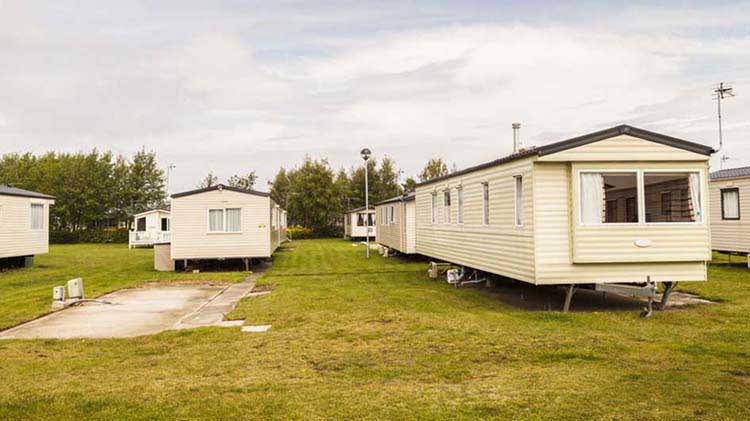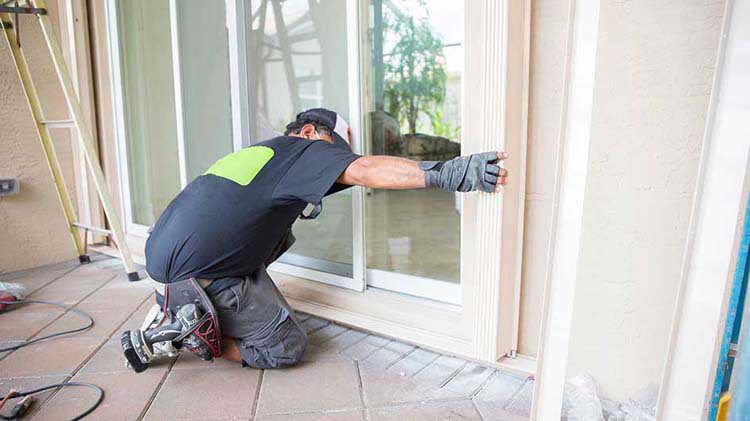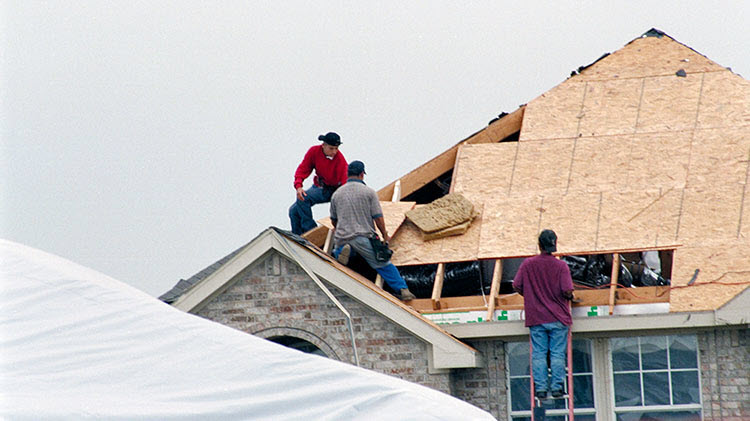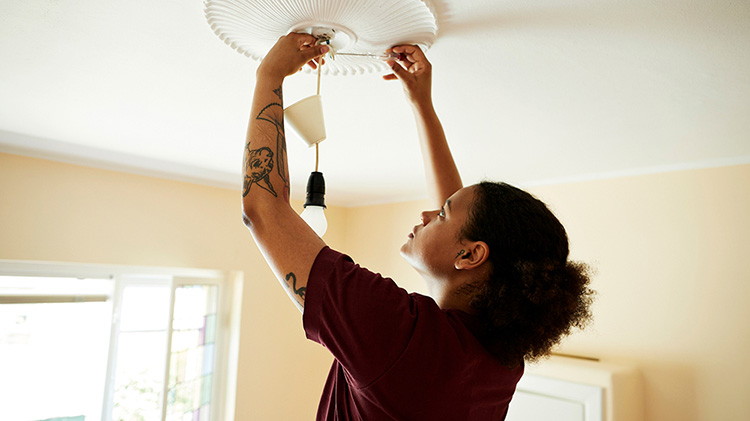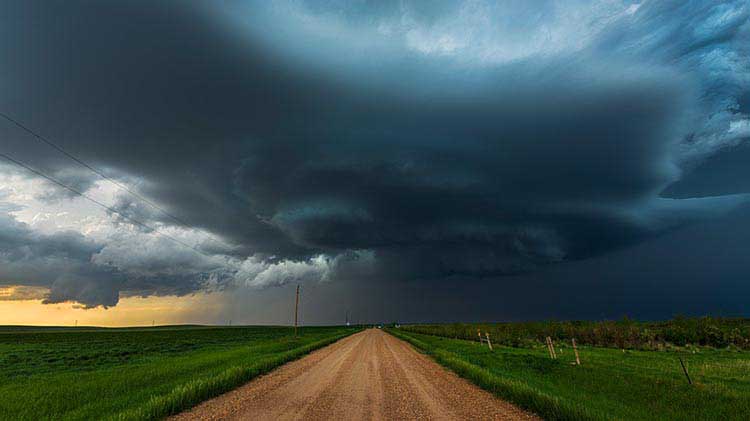Manufactured homes: How safe are you?
When it comes to wind and safety, how does your manufactured home rate?
According to moving.com and the latest data from the Manufactured Housing Institute, 22 million Americans lived in manufactured homes in 2022. At an average new cost of 128,300, manufactured homes can be an affordable option to renting or purchasing standard stick-built construction homes.
Manufactured home vs mobile home
The Housing and Urban Development (HUD) standards for manufactured homes changed on June 15, 1976. Prior to that date, homes that could be moved from one location to another were known as mobile homes. After June 15, 1976, the HUD placed more restrictions on these homes and they became known as manufactured homes. There are also Manufactured Home Construction and Safety Standards which HUD and the Manufactured Housing Consensus Committee (MHCC) both adopted and are still in effect today.
Manufactured homes and tornadoes
Residents of manufactured homes are often affected by tornadoes and other types of windstorms. According to weather.gov, of the 72% of tornado fatalities that happen in a home, 54% of those were in manufactured/mobile homes.
Manufactured home tornado safety tips
If a tornado is headed your way, according to weather.gov it’s better to take cover in a sturdier structure. However, it can be helpful to determine where you will go well before you’re in danger of a tornado. Make a plan as a family and know how long it will take to get to your safe location.
Having a National Oceanic and Atmospheric Administration (NOAA) weather radio can be handy since severe weather can sneak in, possibly while you’re asleep. Also, keep important papers, photos, phone numbers and valuables in a safe location, in case you need to grab them quickly before a storm or tornado.
Consider these tips to help prepare your home for storm season or in the case of a tornado:
- Trim tree branches. If you can safely do so, trim any overhanging or old branches away from your home. Trees or branches could fall on your home during a storm and cause additional damage.
- Exterior trim. See that exterior trim is firmly attached to the home.
- Anchor gas tanks. Tanks should be placed on a concrete pad and anchored. Confirm that bolts aren’t old and rusty.
Wind zone ratings
Manufactured homes with the highest HUD Wind Zone Rating offer higher levels of wind resistance. A home with a wind zone 3 rating can be installed in a wind zone 1, 2 or 3 area, but a wind zone 2 rating can only be installed in a 1 or 2 zone. The HUD Wind Zone Rating, introduced in 1994, designates three zones that govern construction of new manufactured homes:
- HUD Wind Zone 1 = 70 mph fastest wind speed
- HUD Wind Zone 2 = 100 mph fastest wind speed
- HUD Wind Zone 3 = 110 mph fastest wind speed
Even manufactured homes with tie-downs can overturn during storms because they have light frames and offer winds a large surface area to push against. Also, their exteriors are vulnerable to high winds and wind-borne debris.
You can find wind zone ratings on the manufactured home's data plate, a paper sticker located in the master bedroom closet, electrical panel or inside a kitchen cabinet.
Foundations and anchoring
Ideally, all manufactured homes should be installed on a permanent foundation. If a permanent foundation is not feasible, the latest anchorage recommendations for HUD Wind Zone 3 should be used for maximum resistance against uplift and overturning forces.
Now that we’ve shared some wind and storm safety tips for manufactured homes, you might want to read more about different types of manufactured homes. Also, consider contacting a State Farm® agent if you want to explore different manufactured home insurance coverages available to you.
